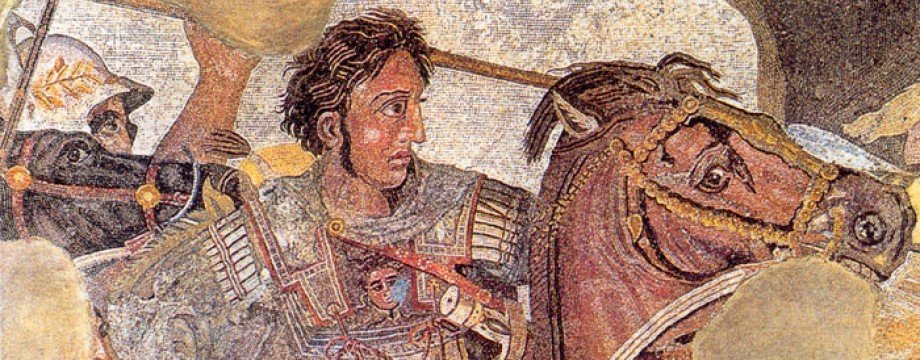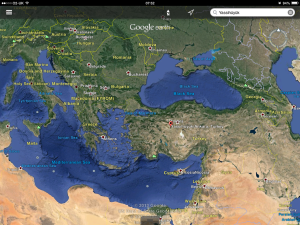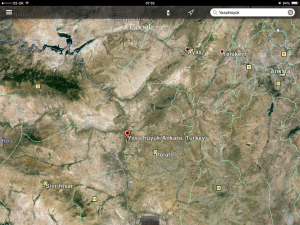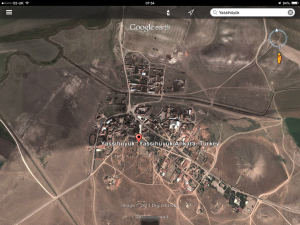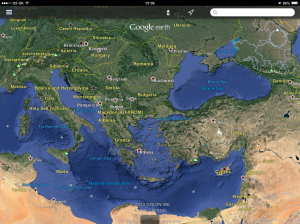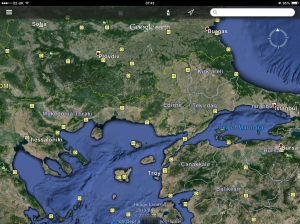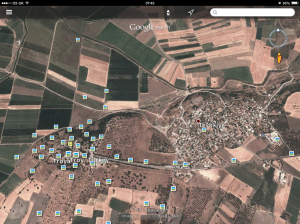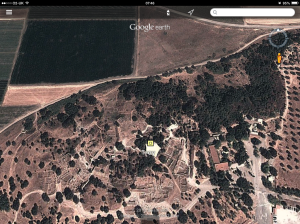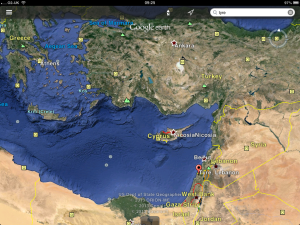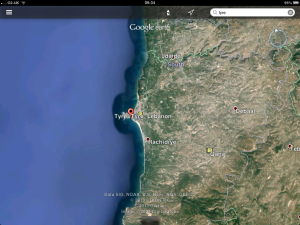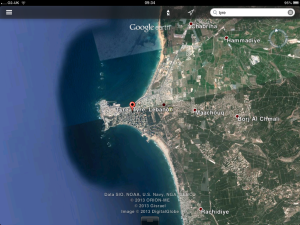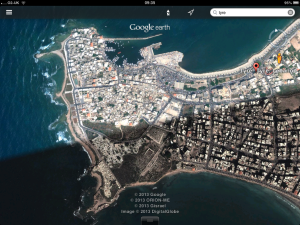- Following in Alexander’s footsteps thanks to Google Maps!
- For other posts in this series, click here
Gordium is in Hellespontine Phrygia; the town stands on the river Sangarius, which rises in Phrygia and runs through Bithynian Thrace into the Black Sea.
(Arrian I. 29)
Upon reaching this place [Alexander] was irresistibly impelled to visit the palace of Gordius and his son Midas high up on the acropolis, in order to inspect the famous Wagon of Gordius and the Knot with which its yoke was fixed.
(Arrian II. 3)
[According to tradition] the man who undid the knot which fixed its yoke was destined to be the lord of Asia.
The cord was made from the bark of the cornel tree, and so cunningly was the knot tied that no one could see where it began or where it ended.
(Arrian II. 3)
For Alexander, then, how to undo it was indeed a puzzle, though he was none the less unwilling to leave it as it was, as his failure might possibly lead to public disturbances. Accounts of what followed differ: some say that Alexander cut the knot with a stroke of his sword and exclaimed, ‘I have undone it!’, but Aristobulus thinks that he took out the pin - a sort of wooden peg which was driven right through the shaft of the wagon and held the knot together - and thus pulled the yoke away from the shaft… In any case, when he and his attendants left the place where the wagon stood, the general feeling was that the oracle about the untying of the knot had been fulfilled.
(Ibid)
